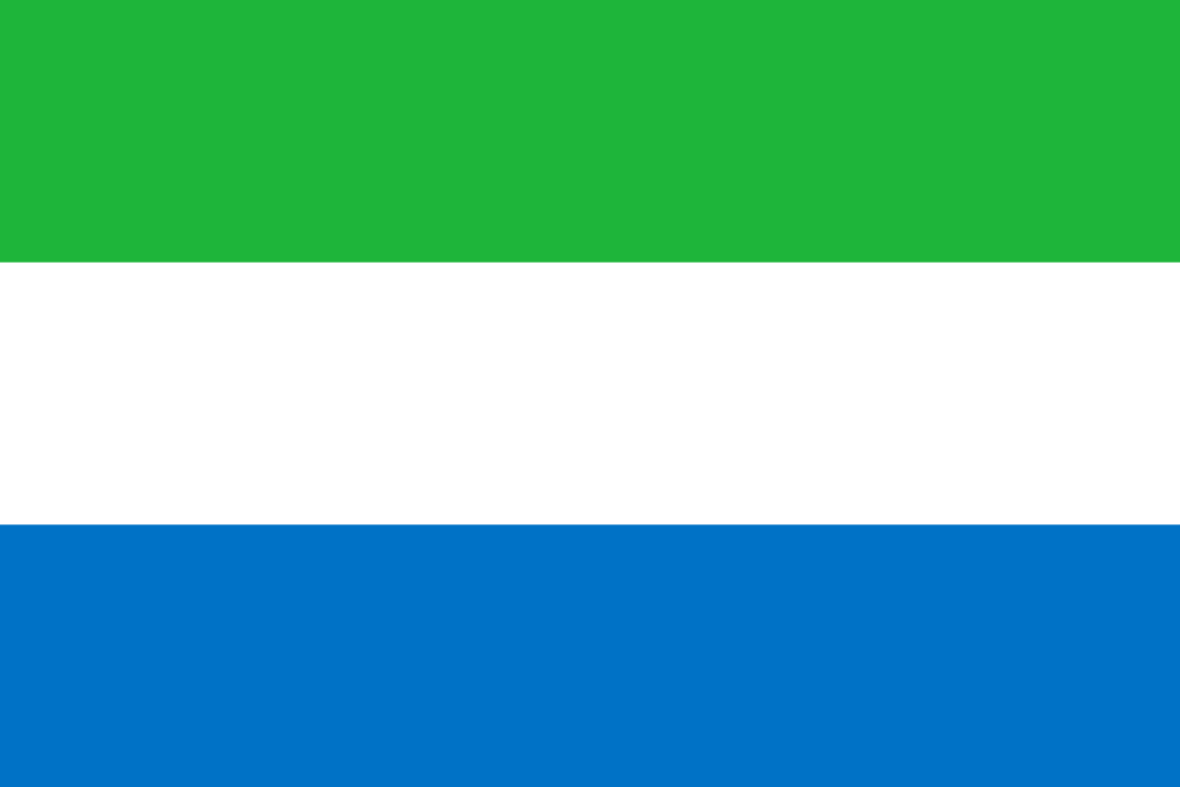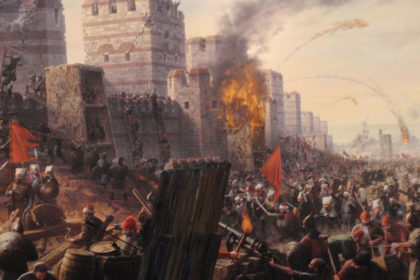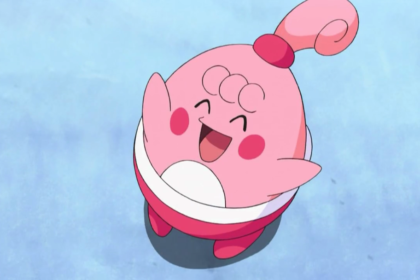Sierra Leone is a country in West Africa, on the Atlantic Ocean. It’s known for the white sand beaches lining the Freetown Peninsula. The capital city, Freetown, commemorates the nation’s slave trade history with the Cotton Tree landmark and King’s Yard Gate. Take a look below for 30 more interesting and fascinating facts about Sierra Leone.
1. Sierra Leone is made up of five administrative regions: the Northern Province, North West Province, Eastern Province, Southern Province and the Western Area.
2. Sierra Leone became independent from the United Kingdom on April 27, 1961, led by Sir Milton Margai, who became the country’s first Prime Minister.
3. The current constitution of Sierra Leone was adopted in 1991, though it has been amended several times.
4. Since independence, Sierra Leonean politics have been dominated by two major political parties; the Sierra Leone People’s Party and the All People’s congress.
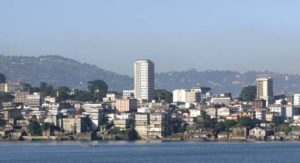
5. From 1991 to 2002, the Sierra Leone Civil War was fought and devastated the country. The war left more than 50,000 people dead and more than 2 million displaced as refugees.
6. In January, 2002, President Ahmad Tejan Kabbah fulfilled his campaign promise by ending the civil war, with the help of the British government, the Economic Community of West African States and the United Nations.
7. About 16 ethnic groups inhabit Sierra Leone, each with its own language and customs. The two biggest and most influential groups are the Temne and the Mende people. The Temne are predominantly found in the north while the Mende are predominantly in the southeast.
8. The Krio people make up the minority. They are the descendants of freed African Americana and West Indian slaves.
9. Although English is the official language spoken in schools and government administrations, the Krio language, an English based creole, is the most widely spoken language across Sierra Leone and is spoken by 97% of the population.
10. The Krio language unites all the different ethnic groups in the country, especially in their trade and social interaction with each other.
11. Sierra Leone is a Muslim majority country, with the overall Muslim population at 78% of the population, though there is an influential Christian minority that makes up about 21% of the population.
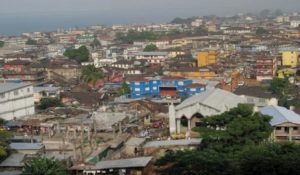
12. The country has relied on mining, especially diamonds, for its economic base. It’s also among the biggest producers of titanium an bauxite, a major producer of gold and has one of the world’s biggest deposits of rutile.
13. Pedro de Sintra was the first European to give a name to Sierra Leone’s region, calling the area around current day Freetown Harbour, “Sierra de Leoa,” which means “Lioness Mountains” in Portuguese.
14. Sierra Leone’s climate is tropical, with humid, hot summers. The rainy season is from May to December and the winter, dry season is from December to April.
15. The country’s terrain includes wooded hilly country, upland plateaus, mountainous regions in the east, and mangrove swamps along the coast.
16. It’s subject to a variety of natural hazards including sandstorms, dust storms, drought and strong Saharan winds from December to February.
17. There are several infectious diseases considered to be of high risk in Sierra Leone, including rabies, schistosomiasis, dengue fever, malaria, yellow fever, typhoid fever, hepatitis A, and the Ebola virus that broke out in 2014, killing more than 1,660 people.
18. Mammals commonly found in Sierra Leone include the African bush elephant, gorillas, bongo antelopes, roan antelopes, African forest buffalo, Diana monkeys, African leopards, olive baboons and hippos.
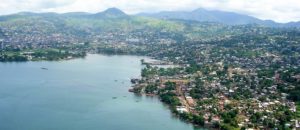
19. Sierra Leone is home to a giant snail called the Ghana Snail. It usually reaches 7 inches in length and 3.5 inches in width. The biggest on record have reached 12 inches in length and 6 inches in width.
20. Mount Bintumani, also known as Loma Mansa, is the highest peak in Sierra Leone and the Loma Mountains, at 1,945 meters, or 6,381 feet, above sea level.
21. The network of protected areas in Sierra Leone cover about 9% of the national territory. It’s made up of 8 national parks, and other types of protected areas.
22. Outamba-Kilimi National Park is located in northwest Sierra Leone. The park occupies an area of 1,109 square kilometers, or 428 square miles. The area became a game reserve in 1974, and was formally gazetted as a National Park in October, 1995.
23. The Tacugama Chimpanzee Sanctuary was established in 1995 to enforce the law and rehabilitate confiscated, orphaned and abandoned chimpanzees. The aim of the sanctuary is to release the chimpanzees back into their natural habitat once they can fend for themselves.
24. The Cotton Tree is a Ceiba pentandra, a historic symbol of Freetown, the capital city of Sierra Leone. According to legend, the Cotton Tree gained importance in 1792 when a group of former African America slaves, who gained their freedom by fighting for the British during the America War of Independence, settled the site of modern Freetown.
25. The history of Sierra Leone began when the land became inhabited by indigenous African people at least 2,500 years ago.
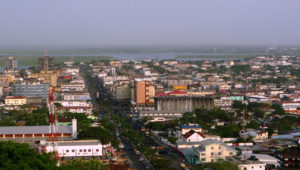
26. The dense tropical rainforest partially isolated the region from other West African cultures, and it became a refuge for people escaping violence and jihads.
27. From the 16th to the early 19th century, the region was raided for slaves for the Atlantic trade, and later in the 19th century, it was ravaged by African war leaders and slavers.
28. The colony of Sierra Leone was founded by British philanthropists to relieve the horrors of the slave trade.
29. After 1807, when the British Parliament passed an act making the slave trade illegal, the new colony was used as a base from which the act could be enforced.
30. Rice is the staple food of Sierra Leone and is consumed at pretty much every meal.

